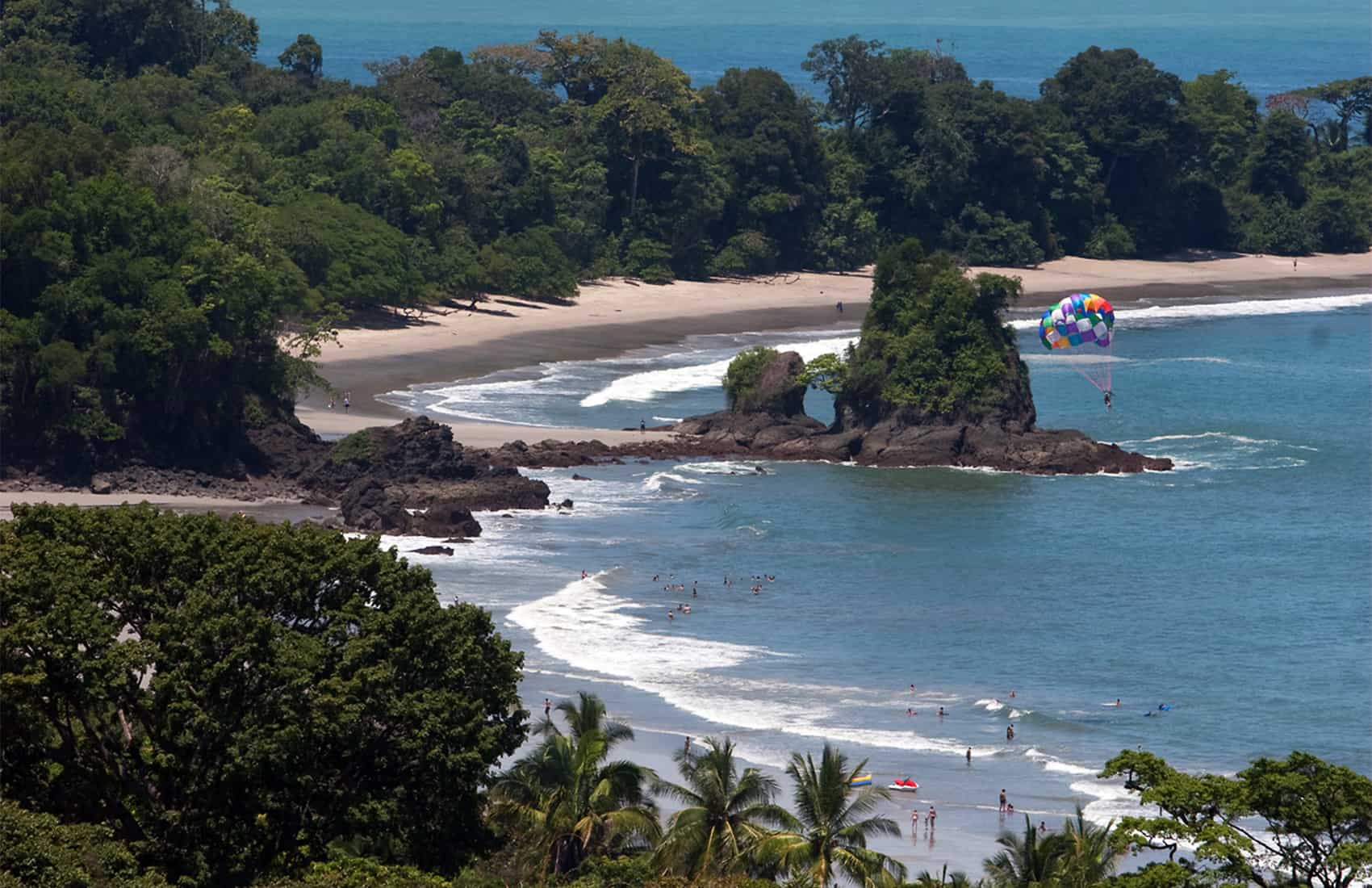On November 20th, with the backing of the 14th Conference of the Parties (COP14) to the United Nations’ Convention on Biological Diversity, the Latin American Alliance to Strengthen Protected Areas (ALFA 2020, as per its acronym in Spanish) was formed in an effort to act as a catalyst and facilitate the implementation of the Aichi Target 11, which aims to effectively preserve 17% of all land and continental waters – and 10% of all marine areas – by 2020. The Aichi Target also seeks to address other important biodiversity issues, such as effective management, governance, representation and connectivity.
The alliance was developed by Redparques and the Food and Agriculture Organization (FAO), serving as the technical secretariat of Redparques, with the help of the Integration of Amazon Protected Areas (IAPA) Project, Pronatura México A.C., and the World Commission on Protected Areas (WCPA), and the support of the Secretariat of the Convention on Biological Diversity.
The 14th Conference of the Parties on Biodiversity is held in the city of Sharm El Sheik, Egypt. It is one of the most prominent decision-making conferences in the world in terms of conservation issues.
In addition to the creation of the alliance, 19 Latin American and Caribbean countries – all members of Redparques – presented the results of their land and maritime conservation efforts.
Thanks to the efforts of all the organizations involved, the member countries were able to estimate the progress made – as of July 2018 – in meeting the Aichi Target 11. The study showed that the region was able to meet its projected conservation target for land and continental waters, reaching a total of 22%, and that the conservation target for marine areas was only partially met, reaching just 8.4%.
According to a joint statement made by Redparques and other organizations, the results of the study show that all member countries must increase efforts to fulfill their marine area conservation target, work hard on the designation and expansion of more protected areas, and attempt to address all the governance and high-priority issues affecting the conservation of biodiversity.
Conservation efforts in the Amazon were particularly noteworthy due to positive results. The Amazon Biome, which represents approximately 6% of all Latin America, has 1,033 protected areas. In other words, approximately 33% of the Amazon is protected by conservation laws. The contributions made by the member countries in the Amazon Biome are one of the key factors that allowed Redparques to meet its conservation targets. In addition to biodiversity conservation coverage, proper representation of all ecosystems is fundamental to the survival of the planet, to the contributions of the ecosystem services, and the protection of the livelihood of its inhabitants.
In this regard, the Aichi Target 11 progress report is a fundamental contribution that provides strategic data for governments to develop policies and take actions that are consistent with the needs of their territories and inhabitants. At the same time, however, updating this information – which is key to obtaining the resources that facilitate the long-term sustainability of these conservation areas – poses a real challenge.
In furtherance of these efforts, Redparques seeks regional cooperation to promote collaboration among member countries to achieve national and international targets, and fulfill the Sustainable Development Goals and Aichi Biodiversity Targets adopted in 2010 by the member countries of the Convention on Biological Diversity.
Certain organizations, like the European Union and Commission, the Food and Agriculture Organization (FAO), the Secretariat of the Convention on Biological Diversity (SCBD), Pronatura México, the World Wildlife Fund (WWF), the International Union for Conservation of Nature (IUCN), the German Corporation for International Cooperation (GIZ as per its acronym in German), and the United Nations Environment Program (UNEP), among others, have helped consolidate this collaborative network and have encouraged synergy in the region to achieve common goals.
The Integration of Amazon Protected Areas (IAPA) Project is funded by the European Union, organized by the Food and Agriculture Organization (FAO) of the United Nations, and implemented in collaboration with the World Wildlife Fund (WWF), the International Union for Conservation of Nature (IUCN), the United Nations Environment Program (UNEP) and Redparques. The project is heavily focused in the French-Guyanese territory and the 8 member countries (Bolivia, Brazil, Colombia, Ecuador, Guyana, Peru, Suriname and Venezuela) that share the Amazon Biome. It aims to address many different issues, such as governance, proper management of protected areas, key issues affecting the creation of job networks, and strategies that seek to protect the biome and minimize the impact of climate change.
This story was originally published on LatinClima.org. It was translated and republished with permission by The Tico Times. Read the original report here.






